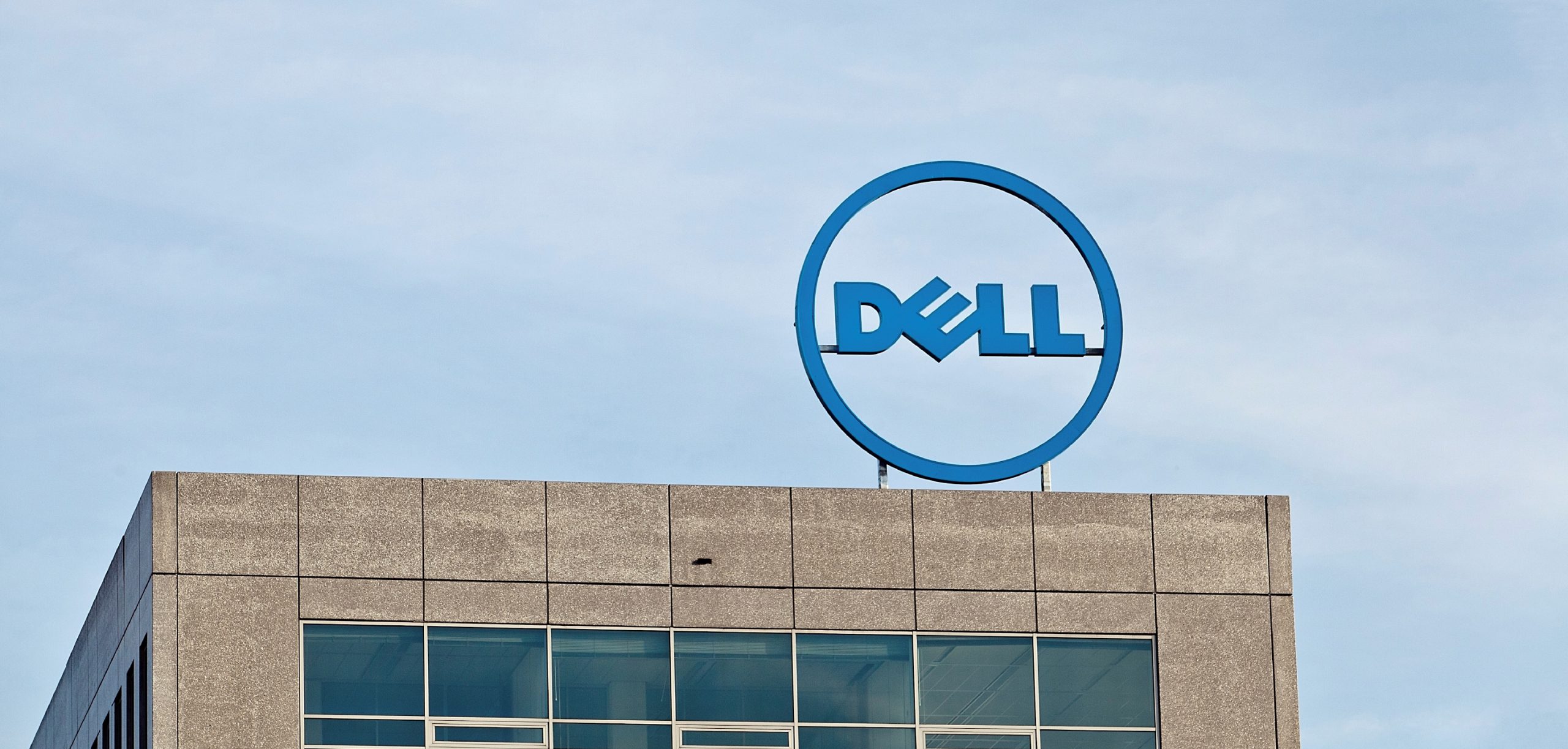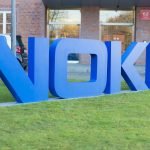
In the past decade, IT professionals have divided between advocates of control and customisation in private clouds versus developers looking for the standardisation and flexibility of public clouds.
A common perception was that the hyperscalers would host all the applications, and the local data centres and private clouds were going to have a residual role. Developers took the lead in public cloud adoption in their effort to improve the customer experience.
Meanwhile, the hyperscalers started to expand globally to comply with local residency and labour regulations. They incorporated new technologies such as containers and functions, developed multiple managed services, and enrolled partners to achieve the massive application migration to their platforms.
However, performance, governance, and cost issues made many organisations reconsider private clouds and even migrate back workloads from hyperscalers to local data centres.
Hyperscalers incorporated on-premises and edge solutions to get closer to the business and avoid the latency. At the same time, the private cloud manufacturers and software platforms started executing their ‘as-a-service’ offerings and ‘everywhere’ strategies, reaching agreements with the hyperscalers to be the crossover of the clouds, in a similar way to the role of enterprise application integration systems in legacy environments.
Everyone claims that your investment is preserved and protected from obsolescence if you use their product. You will be able to deploy it on-premises, the edge, or the public cloud.
However, we believe that reality is demanding a hybrid model where everybody can co-exist with its pros and cons, replicating a model already implemented in the data centre, where the mainframe and mid-range systems collaborate and share responsibilities. A way to orchestrate hyperscalers, private clouds, and infrastructure to contribute to deliver outcomes without design constraints.
We need to make sure additional building blocks can be incorporated later in an application’s development without any vendor lock-in or forced migration required. A multi-cloud solution can provide the freedom to mix and match those technologies, including VMware, Nutanix, OpenStack, or hyperscalers, to meet business demands and corporate governance guidelines.
However, the task to combine all the multi-cloud requirements: continuous delivery, provisioning, security, compliance, automation, standardisation, and self-service while keeping the budget under control, is not an easy task.
It is costly and risky to try to do multi-cloud yourself, pick the best solution for each requirement and implement it for every application, hoping that all of them will fit together. In our experience, using a cloud management platform (CMP) to minimise integration risks and track costs is the best approach to get quick wins, and drive homogeneous adoption of the cloud best practices minimising cultural and organisational friction.

The most important factor towards picking the right CMP is agnosticism. You need someone independent to pave the way to consistency when multiple parties are involved, an intelligent platform decoupled from the technologies and vendors it must orchestrate.
Dell multi-cloud management with Morpheus is an example of a cloud and automation agnostic platform that can achieve this. This solution scale DevSecOps tasks to modernise applications and keep operations efficient with hyper-convergent systems. It includes true multi-tenancy and enables service providers and cloud competence centres to offer automated IT resources from a service catalogue to companies.
It is also important for this type of platform to be prepared for future evolutions. The number of codeless integration points and the freedom to use your automation framework of choice are key elements when evaluating a cloud management platform.
You don’t need to choose a specific hyperscaler or private cloud platform for modernising your applications. Now it is possible to run applications on heterogeneous systems selecting the best cloud service for each task whilst keeping the security and control of your IT at scale. Solutions like Dell multi-cloud management with Morpheus can speed up your digital transformation and simultaneously improve your cloud visibility.
Looking to revamp your digital transformation strategy? Learn more about the in-person Digital Transformation Week North America taking place in Santa Clara, CA on 11-12 May and discover key strategies for making your digital efforts a success.
Explore other upcoming enterprise technology events and webinars powered by TechForge here.







